Fun Fact About Air Conditioning: A Cool Evolution Through Time. Air conditioners have become an integral part of our daily lives, offering respite from the sweltering heat of summer and warmth during the frigid winter months. The history of air conditioners is a remarkable journey marked by innovations and significant milestones. This essay delves into the intriguing history of air conditioners, presenting five intriguing facts that illuminate their evolution and importance.
Ancient Cooling Techniques
While contemporary air conditioners are a product of the 20th century, the concept of cooling indoor spaces has ancient roots. In ancient Egypt, people ingeniously used reeds soaked in water to cool the air through evaporation. Similarly, ancient Romans circulated water from aqueducts through the walls of their homes, thereby cooling the interiors. These early endeavors in indoor climate control laid the foundation for more advanced inventions, reflecting humanity’s age-old desire for comfort.
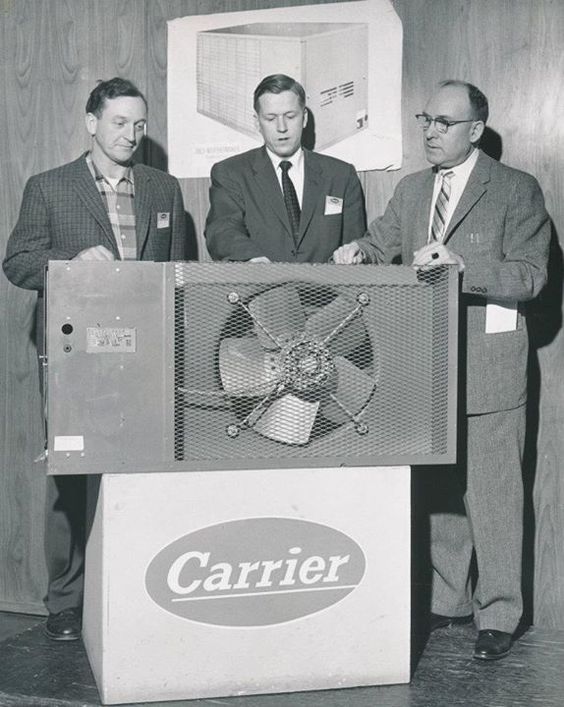
Invention of the First Modern Air Conditioner
Willis Haviland Carrier, an American engineer, is widely credited with inventing the first modern air conditioner. In 1902, at the age of 26, he devised a system aimed at regulating temperature and humidity in a Brooklyn-based printing plant in New York. This invention not only revolutionized the printing industry but also provided the groundwork for the widespread use of air conditioning in homes and offices. Carrier‘s pioneering work fundamentally transformed our relationship with indoor environments.
The Pioneering Domestic Air Conditioner
The transition of air conditioning from industrial settings to homes marked a significant milestone in its history. The first in-home air conditioning machine was installed in a Minneapolis mansion, and it was a true behemoth, measuring seven feet in height and 20 feet in width. Prior to this, air conditioning had been predominantly confined to hospital and manufacturing settings. The development of domestic air conditioning systems made comfort and climate control accessible to the general public, although it was an expensive luxury at the time.
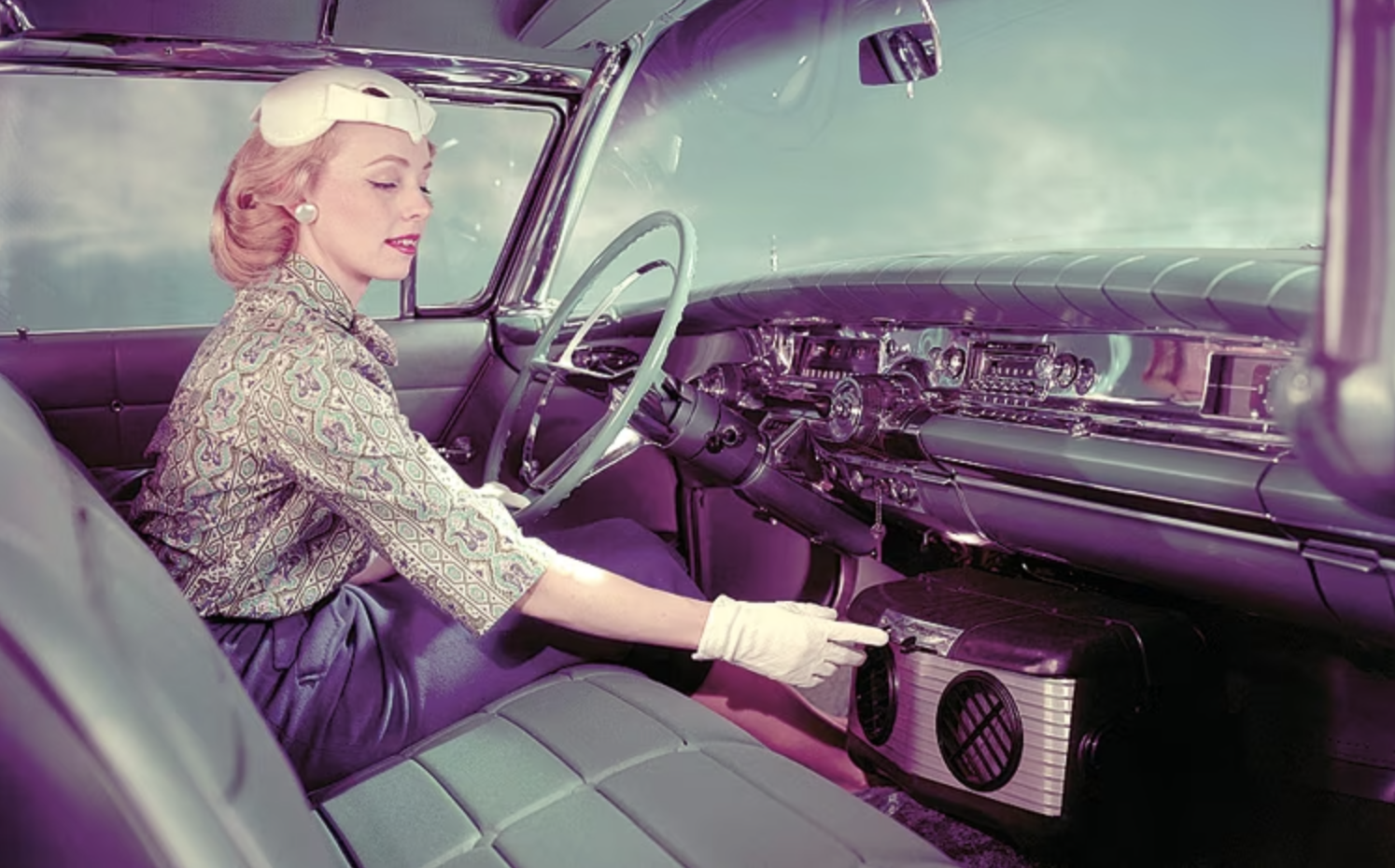
First Car Air Conditioning
The introduction of air conditioning to automobiles transformed the driving experience, particularly in hot and arid regions. The American manufacturer Packard is credited with developing a functional A/C system in 1939, a time when it was not a standard feature in vehicles. The main evaporator and blower system in these early car air conditioners consumed approximately half of the car’s trunk space. These systems lacked temperature thermostats and shut-off mechanisms, providing drivers with limited control. Despite these limitations and the hefty price tag of $274 (equivalent to roughly $5,000 today), it was a notable step toward making air conditioning more accessible to the masses.
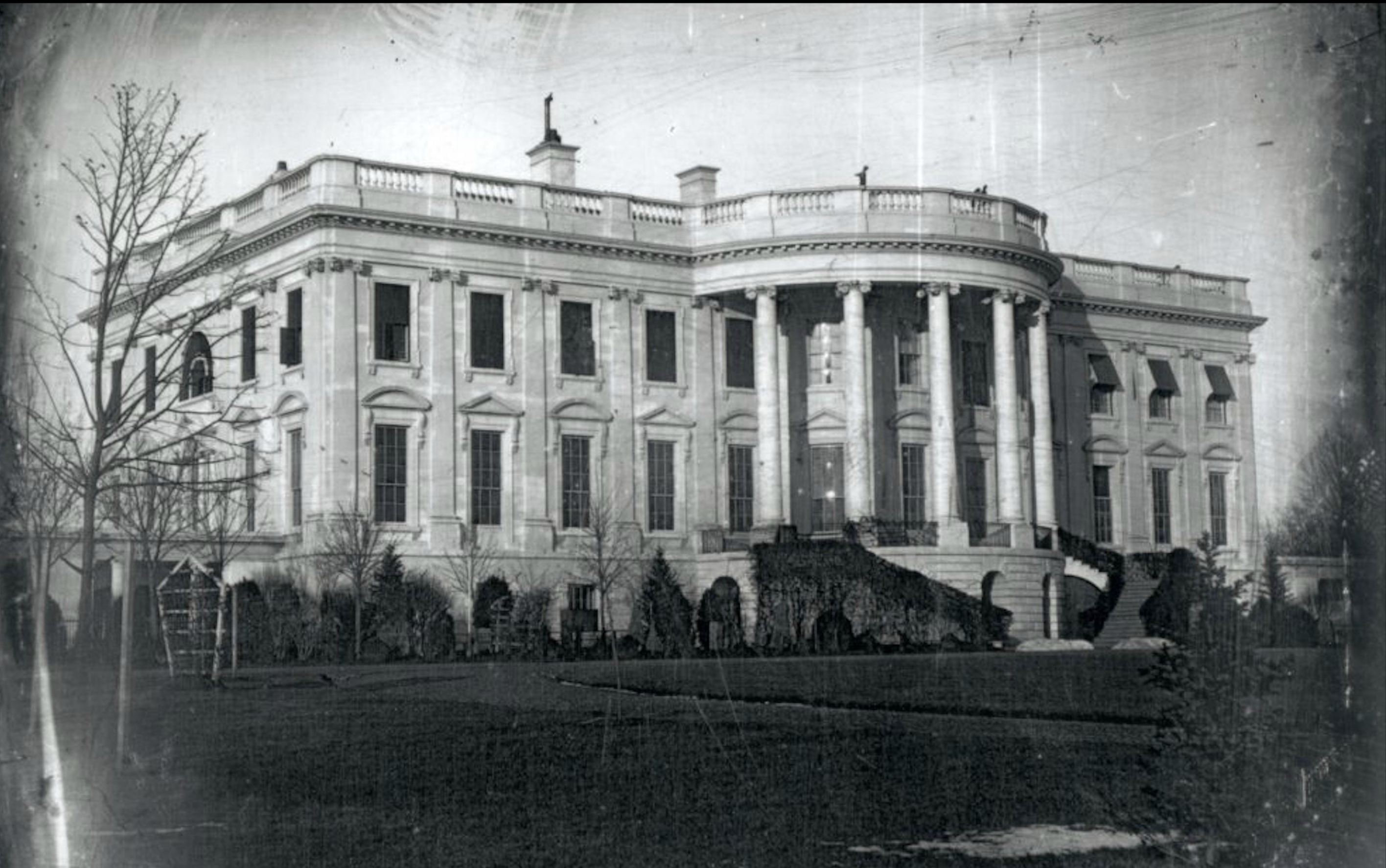
First Air Conditioner in the White House
The installation of air conditioning in the White House is an interesting anecdote in the history of this technology. Air conditioning was not added to the White House until 1930 in the West Wing, and it was expanded to the presidential residence in 1933 during President Franklin D. Roosevelt’s term. Before this, the president and White House occupants sweltered through the heat and humidity of Washington, D.C. summers. This development not only enhanced the comfort of the presidential residence but also set a precedent for its adoption in various government and public buildings.

The Movie Theater Connection
The widespread adoption of air conditioning in public spaces can be traced back to movie theaters. During the early 20th century, cinema owners recognized that air conditioning was an effective way to attract audiences, particularly during the scorching summer months. Air-conditioned theaters quickly gained popularity, eventually establishing the tradition of going to the movies as a means to escape the summer heat. The combination of entertainment and cool, comfortable conditions made movie theaters a favorite destination during the hottest months of the year.
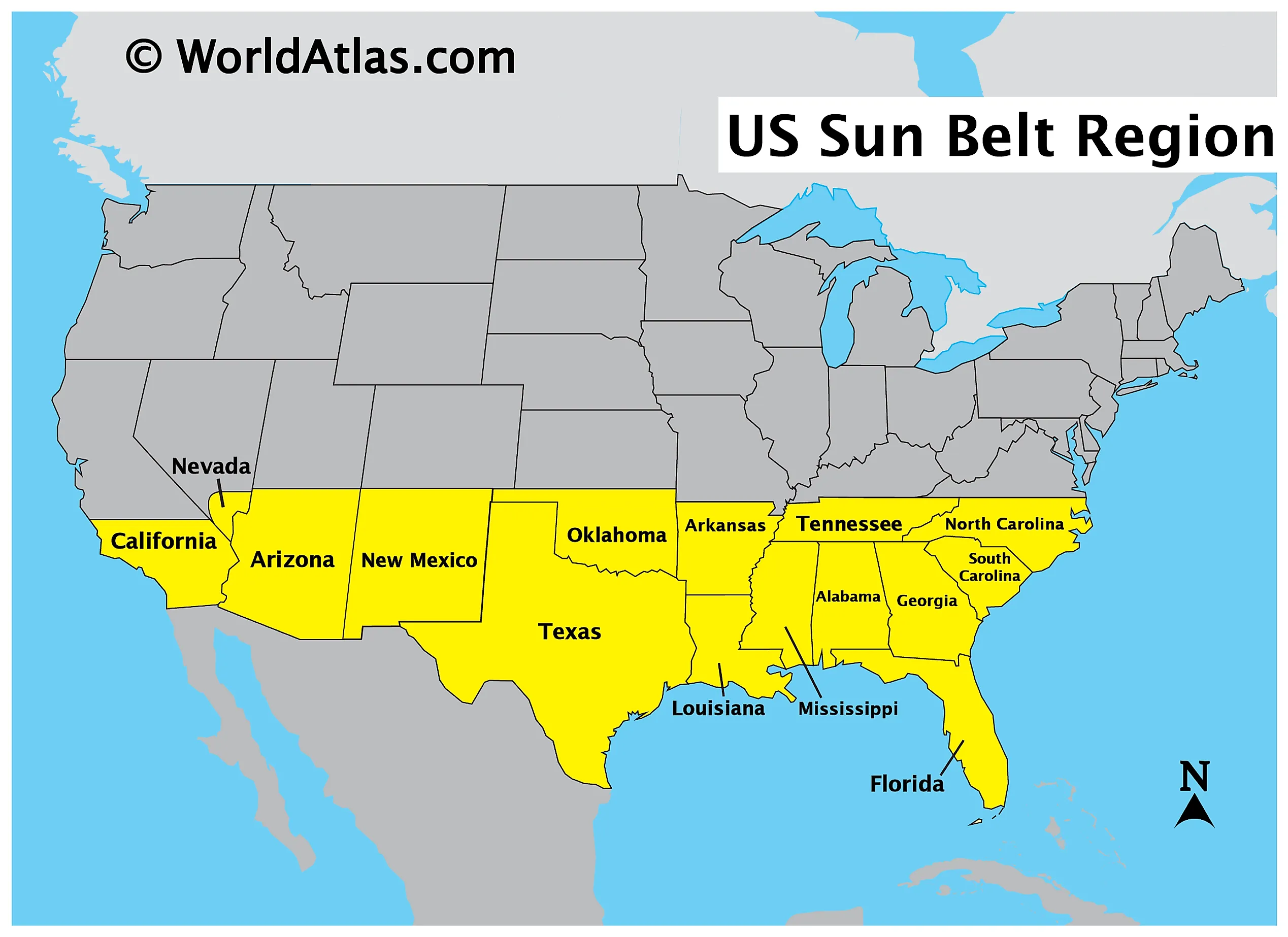
Air Conditioning and the Growth of Sunbelt Cities
The invention of air conditioning played a pivotal role in the growth of cities in the Sunbelt region of the United States, including Phoenix, Las Vegas, and Miami. With the availability of air conditioning, people could comfortably live in hot and humid areas, leading to a population boom in these cities. This demographic shift not only altered the urban landscape but also spurred economic growth and cultural transformation. It further exemplified the profound societal impact of air conditioning.
Ozone Layer and Refrigerants
The history of air conditioning also intertwines with environmental concerns. Many early air conditioning systems utilized chlorofluorocarbons (CFCs) as refrigerants, substances that were later found to be harmful to the ozone layer. This discovery led to the signing of the Montreal Protocol in 1987, an international treaty aimed at phasing out the use of CFCs and other ozone-depleting substances in air conditioners. As a result, modern air conditioning systems now employ more environmentally friendly refrigerants, contributing to global efforts to protect the ozone layer.
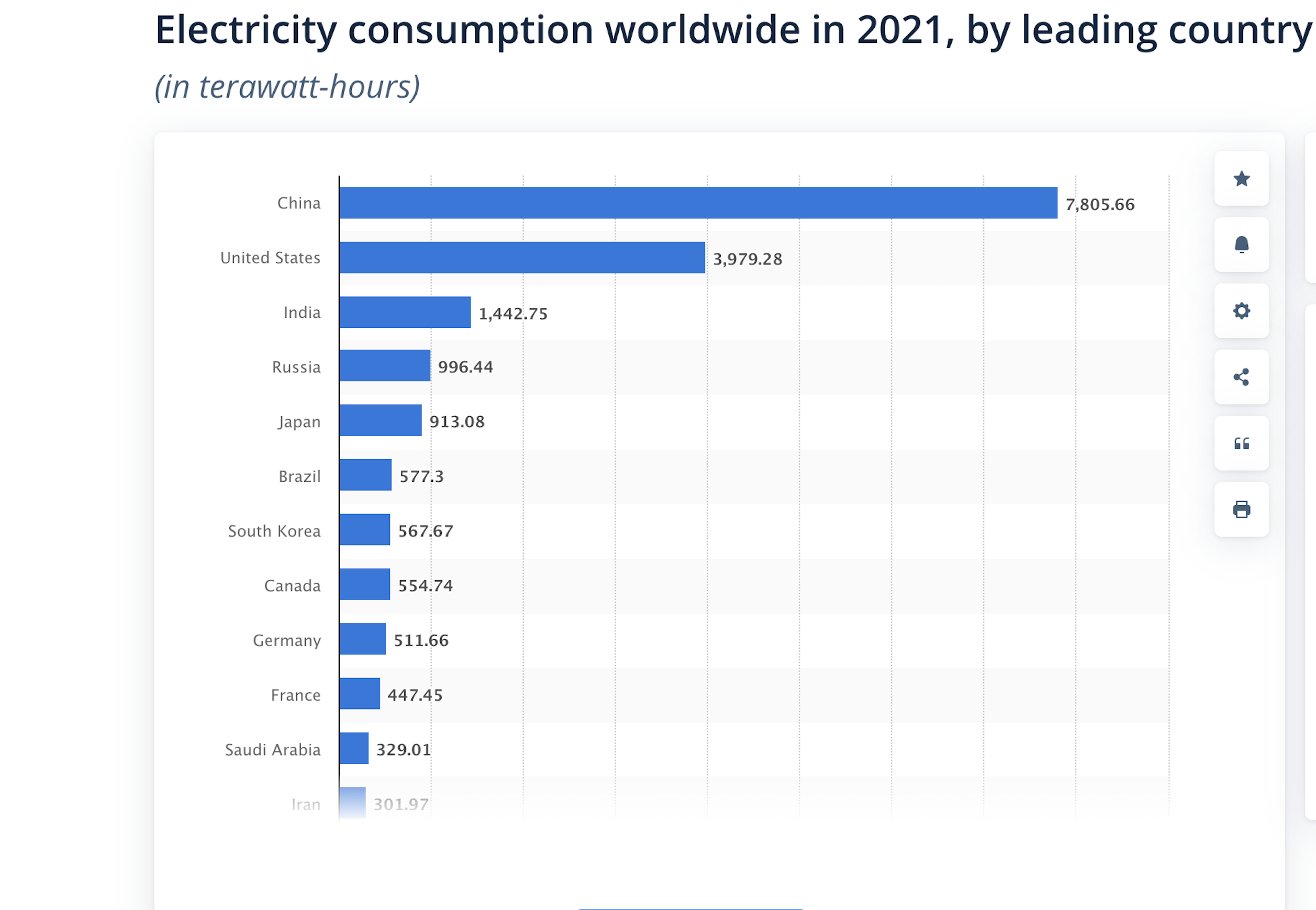
The Significance of Air Conditioning Today
Today, air conditioning is an integral part of our lives, but its widespread use comes with energy consumption and environmental implications. The U.S. Energy Information Administration (EIA) estimated that in 2022, the residential and commercial sectors in the United States used about 409 billion kilowatt-hours (kWh) of electricity for space cooling. This amount is equivalent to approximately 10% of the total estimated U.S. electricity consumption. It’s worth noting that this energy consumption is nearly equal to the total electricity usage of an entire country, like France. These statistics underscore the importance of finding more energy-efficient and sustainable ways to keep our indoor environments comfortable.
Fun Fact About Air Conditioning: A Cool Evolution Through Time
The history of air conditioners is a captivating narrative of human innovation and adaptation to the challenges of climate. From ancient cooling techniques to modern, eco-friendly systems, air conditioning has come a long way. It has not only enhanced our quality of life but has also played a pivotal role in the growth and development of cities, influenced the way we enjoy entertainment, and contributed to global environmental awareness. The journey of air conditioning is one marked by innovation, progress, and a steadfast commitment to keeping us cool and comfortable, regardless of the weather.

